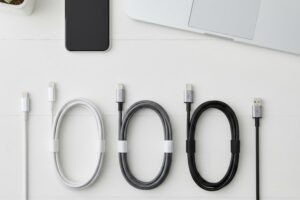
Hey!
Welcome to Anora

Charging cables seem simple at first glance, but in 2025, they play a huge role in how fast and safely your devices power up. Phone makers now ship fewer chargers in the box, and many devices use different power standards. As a result, choosing the right cable has become essential.
The wrong cable can slow down charging, cause overheating, damage your battery, or simply fail after a few weeks. By contrast, the right cable helps you charge faster, transfer data smoothly, and enjoy better durability over time. Because of these reasons, this guide will help you understand every major cable type and how to pick the perfect one.
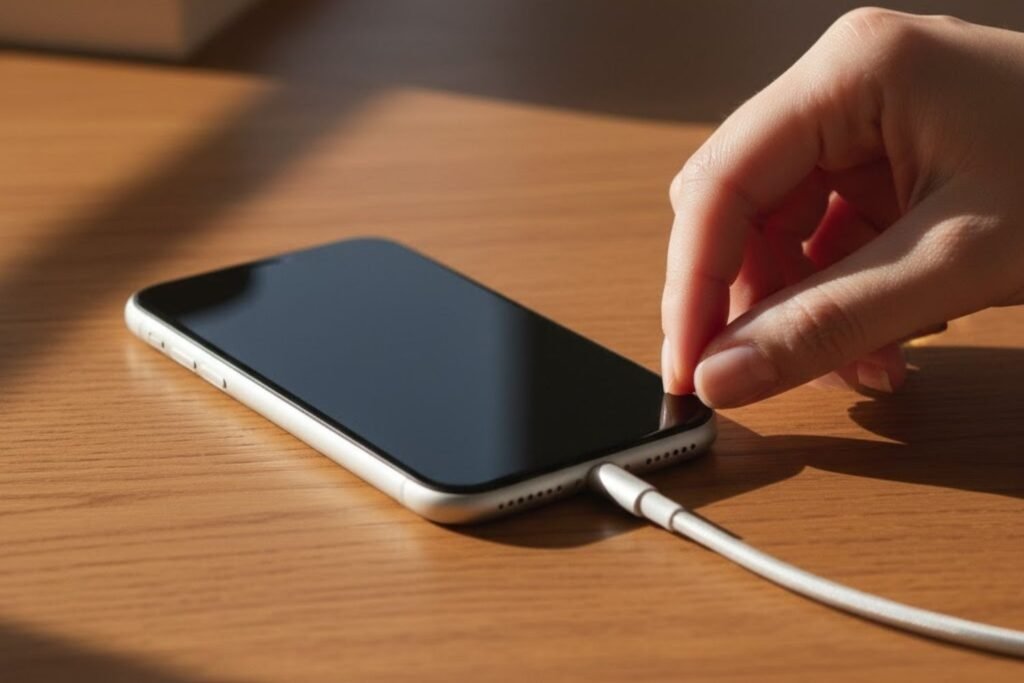
Lightning cables power older Apple devices, such as iPhone 5 to iPhone 14, AirPods, and older iPads. They remain common and easy to find.
Pros:
Cons:
Best for:
Users with older iPhones or Apple accessories.
Recommended Options:
USB-C is now the most important cable type in the world. Most Android phones, tablets, earbuds, and even laptops use it. Apple also switched to USB-C on the iPhone 15 series, making the ecosystem even more unified.
USB-C supports fast charging, high-speed data transfer, video output, and laptop power delivery. Because of this, it has replaced many older ports.
Why USB-C is popular:
Best for:
Every modern device, including phones, tablets, and laptops.
Recommended Options:
Even though USB-C is everywhere, Micro-USB is still common. Many Bluetooth speakers, budget devices, power banks, and older accessories rely on it.
Pros:
Cons:
Best for:
Older devices and accessories that do not yet support USB-C.
Recommended Options:

Fast charging allows your device to reach higher battery levels more quickly. However, not all fast-charging systems work the same way. Understanding these standards helps you choose the correct cable and charger.
Charging speed depends on:
Higher wattage usually results in faster charging, but only if your device supports it.
USB-C PD supports fast charging for many devices, including iPhones (from iPhone 8 upward), iPads, MacBooks, and Samsung phones. It can deliver up to 100W, making it ideal for high-power devices.
QC is common on many Android devices from Tecno, Infinix, Xiaomi, and older Samsung models. It usually goes up to 18W or 36W, depending on the version.
Brands like Vivo, Oppo, and OnePlus use their own fast-charging technologies. These systems often require special cables to achieve maximum speed. As a result, choosing the correct cable is very important.
Choosing the right cable is easy when you follow a simple checklist. These steps help you avoid poor charging performance and wasted money.
Look at your device’s charging port.
Different chargers and devices support different wattages. A cable must match those wattages to give you the best performance.
Reinforced joints, thicker copper cores, braided exteriors, and tangle-free designs all help the cable last longer. Additionally, premium builds reduce internal damage.
Cheap cables can fail quickly and may even damage your device. Trusted brands like Oraimo and Baseus offer safer, higher-quality options.
Both brands offer quality accessories, but each has unique strengths.
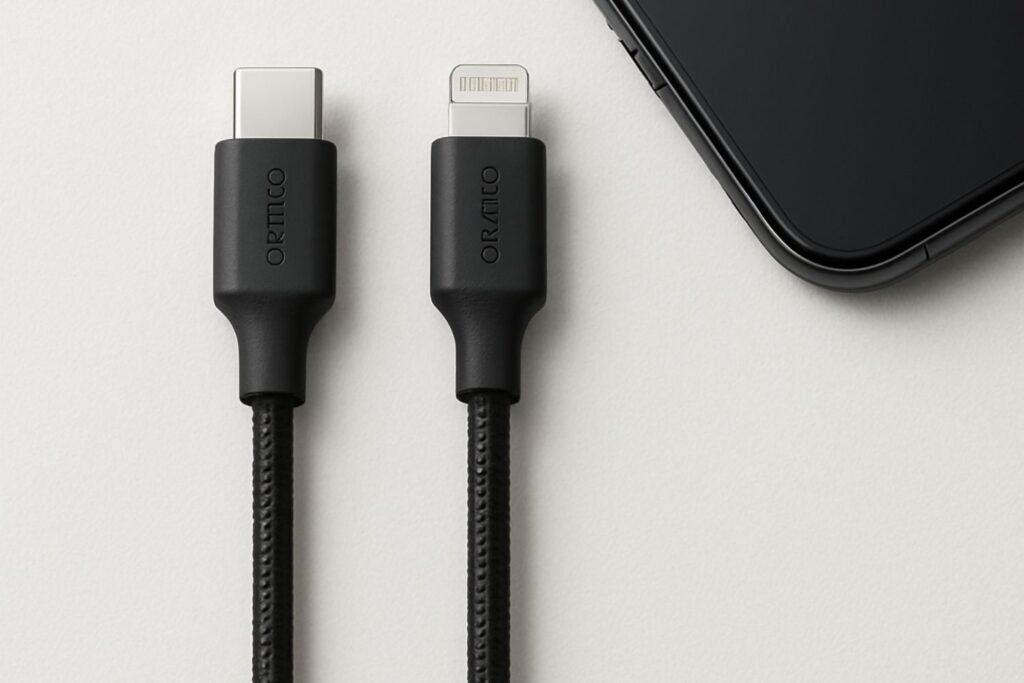
Oraimo is known for its durability, affordability, and colorful designs. Many users prefer it for daily use because of its strong build and fair pricing.
Popular Picks:
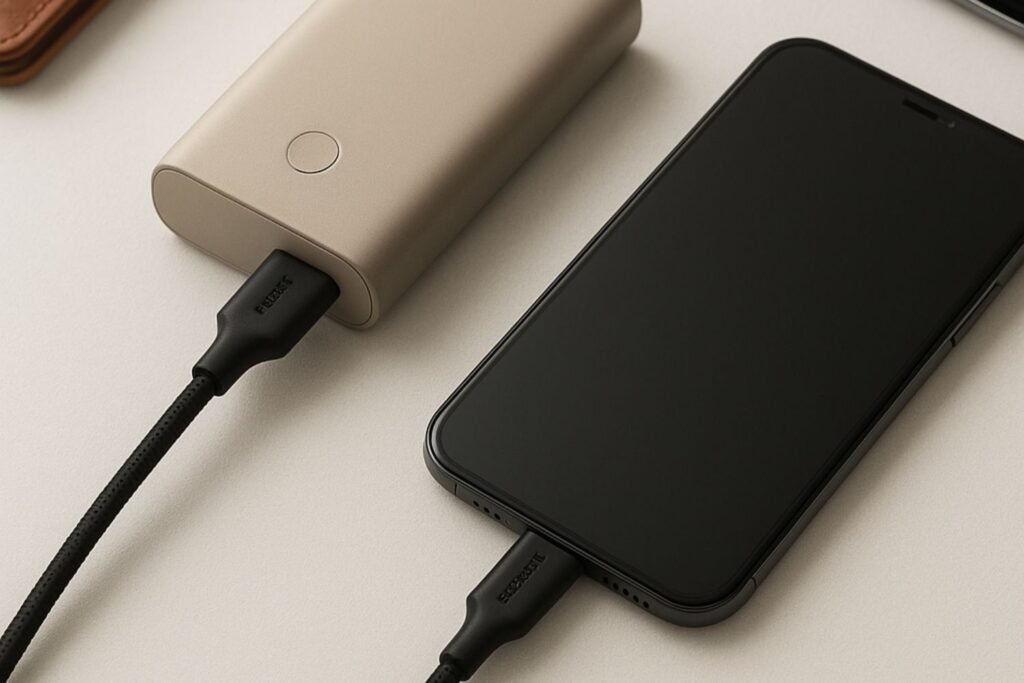
Baseus is a more premium brand. Its cables are designed for high performance and are excellent for fast charging and heavy use.
Popular Picks:
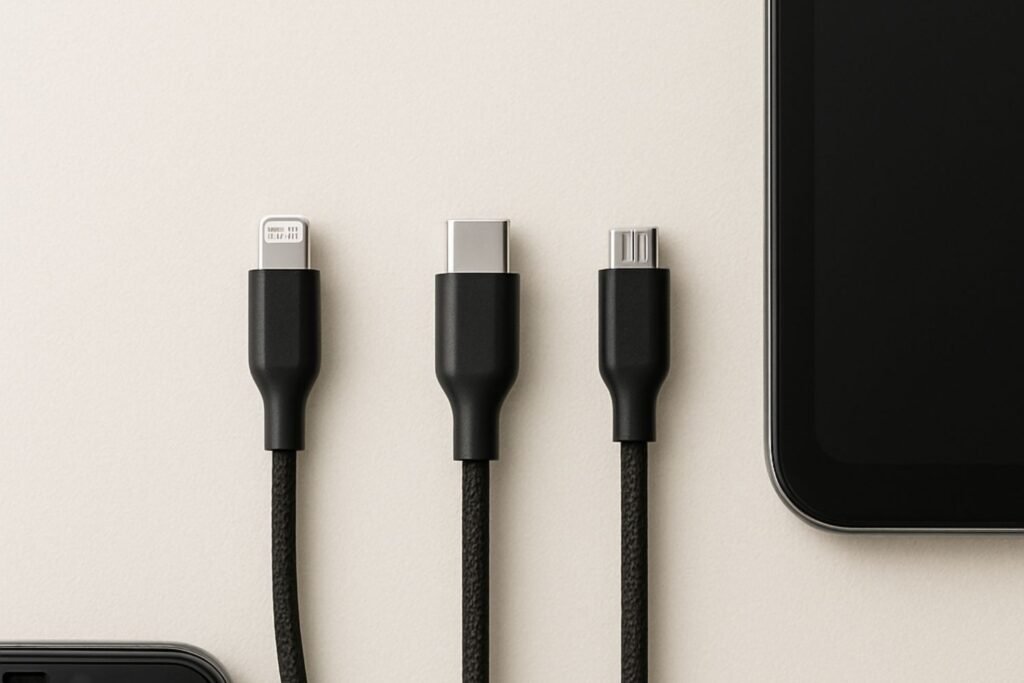
Before buying any cable, review this list:
✔ Correct port type
✔ Proper fast-charging support
✔ Durable build
✔ Trusted brand
✔ Right length (1m, 1.5m, 2m)
✔ Data transfer support (if needed)
This quick list helps you choose the best cable every time.
As charging technology grows, choosing the right cable becomes even more important. A good cable protects your battery, improves charging speed, and lasts longer. Whether you use an iPhone, Samsung, Tecno, laptop, or Bluetooth speaker, the right cable makes everyday charging smoother and safer.
Oraimo and Baseus continue to lead the accessory market with reliable and durable options. With this 2025 charging cable guide, you’re now ready to pick the perfect cable for any device.

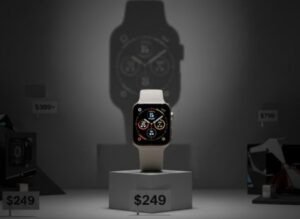




Talk to Us